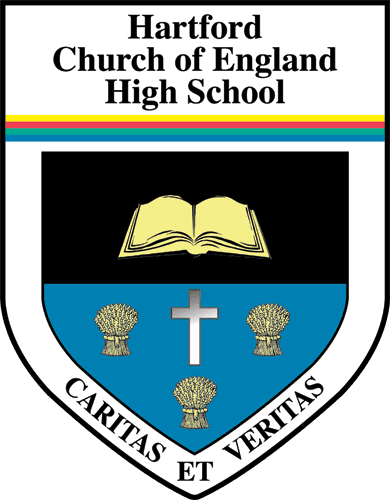iMedia
- Mr Griffiths
"It’s through mistakes that you actually can grow. You have to get bad in order to get good."
Paula Scher
Intent
Creative iMedia will equip our students with a range of creative media skills and provide opportunities to develop, in context, desirable, transferable skills such as research, planning, and review, working with others and communicating creative concepts effectively. Through the use of these skills, these students will ultimately be creating fit-for-purpose creative media products.
Creative iMedia will also challenges all learners, including high attaining learners, by introducing them to demanding material and techniques; encouraging independence and creativity and providing tasks that engage with the most taxing aspects of the National Curriculum.
Design Rationale
Students begin studying Creative iMedia in KS4, however many aspects are present throughout the KS3 Computing curriculum. The course is delivered through four units, two mandatory and two optional. The units we cover reinforce concepts and skills that students will pick up through Years 7-9, such as manipulating digital graphics and website design.
We begin the course with the first mandatory unit which covers pre-production techniques such as planning and designing digital media, this lays the foundations that are then used throughout the further three units covered. Students must be comfortable reading and working from a client brief as the coursework units are set in this way; they have to work independently to create a solution to the problem that they are given.
Delivery
Students have five hours of Creative iMedia a fortnight at Hartford C of E High School; each lesson begins with a knowledge retrieval task in order to build up confidence and to retain information. During units, it is common that these retrieval tasks may be skill based. The course is computer based, which means that all work is available on a class Google Classroom and students have the resources available to themselves both in school and from home. Some of the IT that is used for the course is specialist software and therefore requires the use of specialist PC’s.
Progress is measured through practice tasks that link in with the coursework units, three of the units covered are assessed via independent set assignments and these are completed over 10 hours of lesson time. Everything we cover up to that is designed to allow students to go through the process of researching a brief, designing a solution, implementing their design and then analysing their success. The fourth unit is covered through a 1 hour 15 minute exam at the end of Year 10 (that can be resat in Year 11). Pupils are given verbal and written feedback and are expected to respond to this feedback and make amendments to work as necessary.
Impact
The effectiveness of curriculum implementation is measured by student progress; progress means knowing, remembering and producing more and is the direct result of excellent learning.
To track progress, we follow a three layered assessment structure.
High Stake Testing
High quality summative assessments (twice or three times a year) interleave knowledge and skills to support students in developing long-term memory. Stand-alone lessons ensure that students reflect and respond to teacher feedback.
Mid Stake Testing
Typically purposeful practice tasks completed independently in lessons at least twice per half-term. These tasks are used to identify learning gaps prior to high stake testing. Students receive personalised written feedback to which they respond in lessons.
Low Stake Testing
To embed knowledge in long-term memory, every lesson starts with students quizzed on prior knowledge (Do Now Tasks). Student performance is then used effectively by teachers to identify misconceptions and plan accordingly to narrow knowledge gaps.



